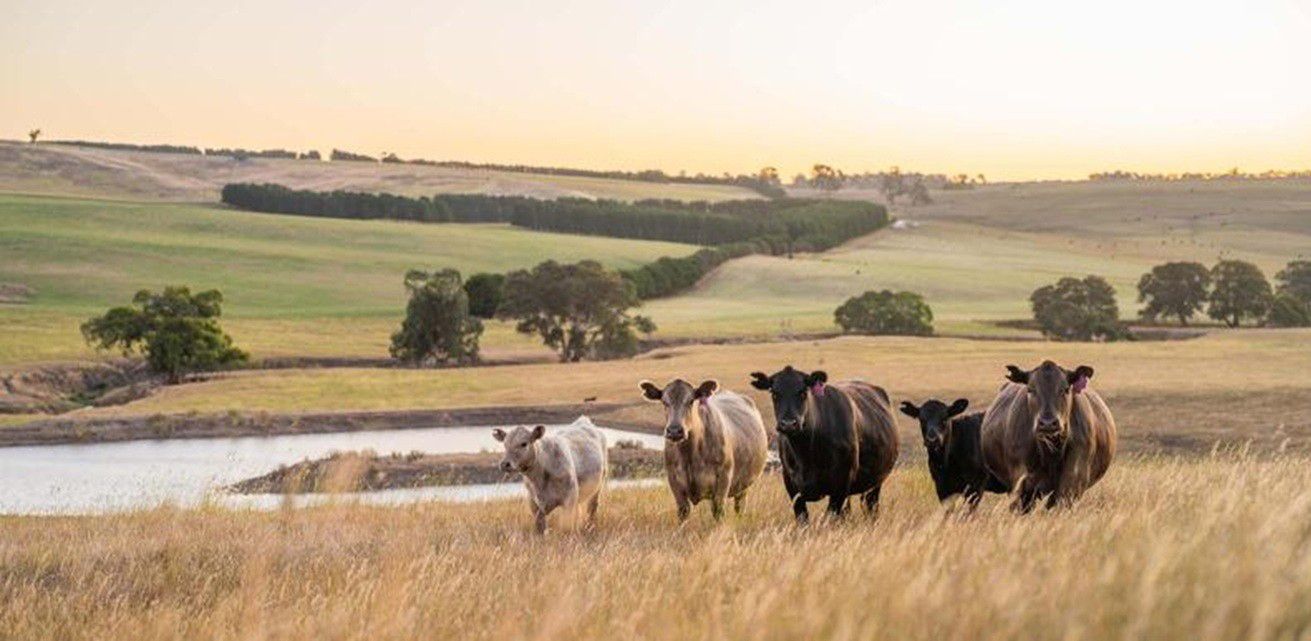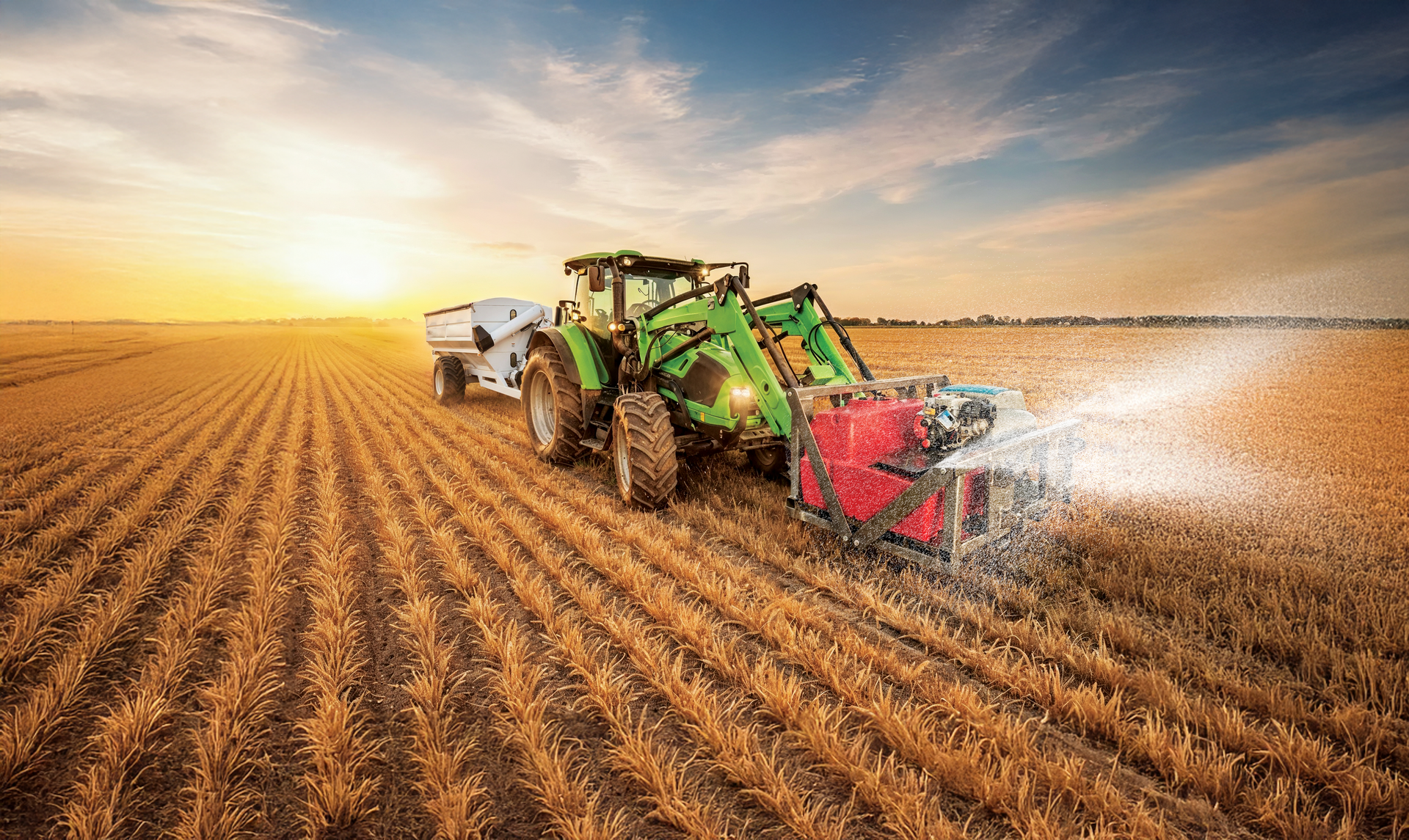1MG FlippingBooks
Australian ag innovation goes west and north
Cameron Magusic summarises the fortnight's agriculture news from around Australia

An upcoming Perth grains conference will give Western Australian producers the opportunity to explore ways to neutralise their industry’s carbon emissions.
The Australian Grains Research and Development Conference (GRDC) Grains Research Conference is taking place on the 22nd and 23rd of February and will feature leaders from academia and business.
The conference will also cover how grain growers in the western state can benefit from the federal government’s Carbon Farming Initiative and Emissions Reduction Fund (ERF), according to a statement.
Conference organiser David Bowran said, ‘We want to help growers understand the principles, considerations and potential benefits of carbon farming, so they can make an informed decision about strategies for becoming carbon neutral.’
18 Western Australian agribusinesses will receive a share of $10 million in grants, the state government has announced.
Part of the four-year, $16.7 million Food and Beverage Fund, the government says its Value Add Investment Grants will boost manufacturing and create 600 jobs in the state, Kim Berry writes for Food & Drink Business.
One of the grant recipients, V&V Walsh, will use its funding to build a cold-store facility.
Kadambot Siddique, director of the University of Western Australia’s (UWA) Institute of Agriculture, has been named Western Australian Indian of the Year.
Professor Siddique, who has received other distinguished national and international awards, was presented with the award by federal Indigenous Australians minister Ken Wyatt and Federation of Indian Associations of WA chairperson Atul Garg, according to a UWA statement.
This award recognises recipients for serving the community and contributing to relations between Australia and India.
Northern Queensland will be boosted through a new federal government grant program.
In response to the monsoon trough in 2019, the North Queensland Economic Diversification Grants program will fund $9 million of projects related to agriculture and non-agriculture in two rounds, minister David Littleproud has announced.
Littleproud said each project can apply for a maximum of $500,000 funding and the focus is on generating jobs.
A new tool will enable farmers and livestock companies to make better decisions about the trade-offs between animal welfare and business impact.
The Animal Welfare Science Centre and Researchers at the University of Queensland recently published an article titled, ‘Costs and Benefits of Improving Farm Animal Welfare’, Beef Central reports.
The article presents the trade-offs in a two-by-two grid that shows the impact various farming practices have on animals and livelihoods.
Please contact me on LinkedIn here for any Australian agriculture news that’s caught your eye.
















